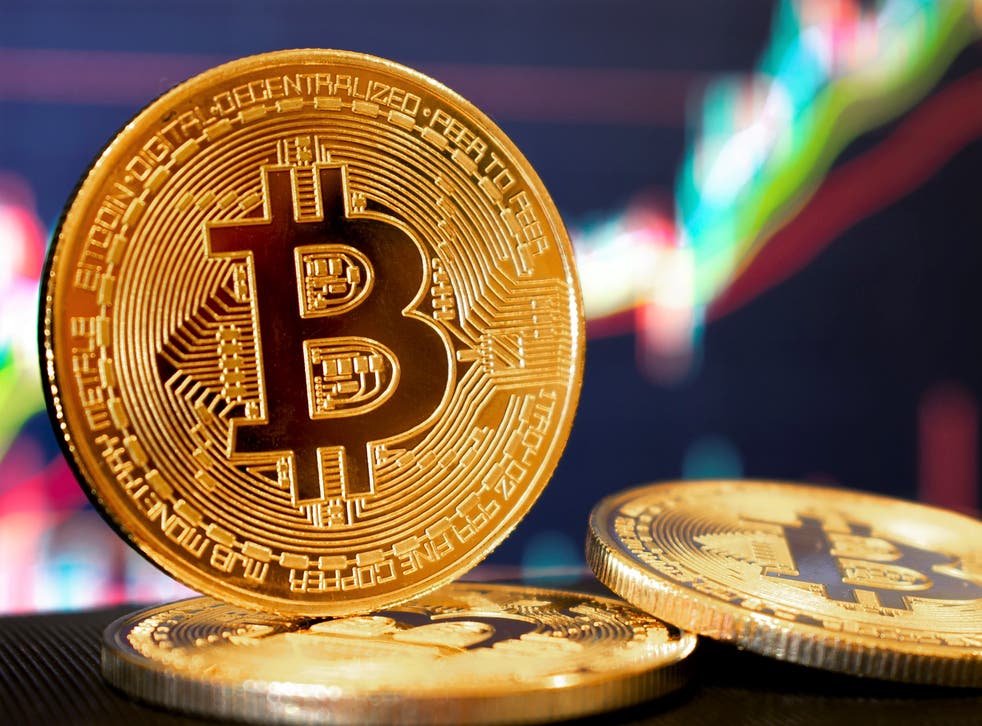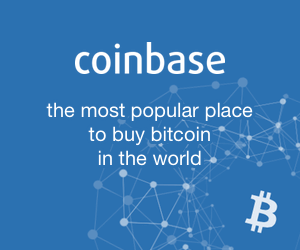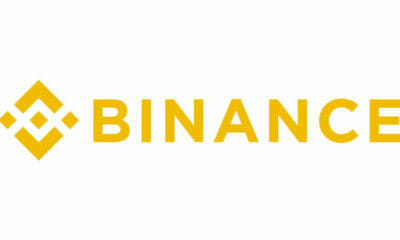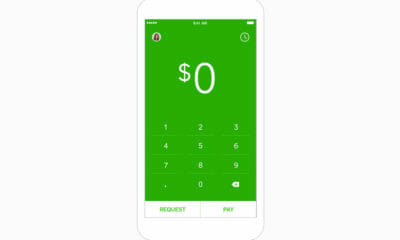Bitcoin’s rally is still going as investors continue to accumulate the cryptocurrency, ignoring overbought signals on technical indicators.
- Bitcoin (BTC, +8.80%) rose to $15,017.05 at 10:50 a.m. ET (15:50 UTC) on Thursday, its highest level since January 2018.
- The price gains happened as global equities rally. European stock indexes are up around 1% on the day and U.S. stock indexes such as the S&P 500 are up over 2%.
- The cryptocurrency is now up 7.8% over the past 24 hours and over 108% on a year-to-date basis, according to CoinDesk’s Bitcoin Price Index.
- Amid the price rally, the number of “accumulation addresses” has risen to a record high of 519,228, according to data source Glassnode.
- The metric has risen by 3% in the past four weeks alongside bitcoin’s rally from $10,500 to $15,000. “It shows retail flow … investors accumulating amid the price rally,” Denis Vinokourov, head of research at the London-based prime brokerage Bequant told CoinDesk in a Telegram chat.
- Also, accumulation addresses are up over 9% in 2020, meaning investors have been accumulating coins throughout the year, possibly creating upward pressure on prices.
- Notably, the number of bitcoins locked in accumulation addresses has gone up 20% to 2,818,447 BTC this year.
- Accumulation addresses are those that have at least two incoming “non-dust” transfers (representing minuscule amounts of bitcoin) and have never spent funds. The metric does not include addresses belonging to miners and exchanges and excludes addresses active more than seven years ago to adjust for lost coins.

- In a sign of confidence in the cryptocurrency’s long-term prospects, investors accumulated coins during the March crash and also during the price drop in September. On both occasions, the price dip was short-lived.
- The recent rise in both accumulation addresses and prices indicates the market participants are not worried about a chart-driven sell-off and foresee a continued rise in prices.
- Bitcoin’s 14-day relative strength index (RSI) has been indicating overbought conditions since Oct. 20, when bitcoin was trading near $11,700. So far, the technical pullback has remained elusive.




















